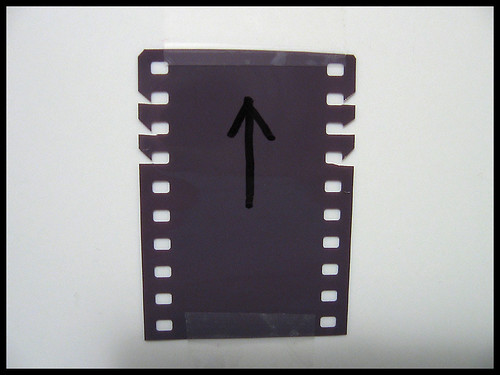An inexpensive detector developed by a NASA-led team can now see invisible infrared light in a range of "colors", or wavelengths.
The detector, called a Quantum Well Infrared Photodetector (QWIP) array, was the world’s largest (one million-pixel) infrared array when the project was announced in March 2003. It was a low-cost alternative to conventional infrared detector technology for a wide range of scientific and commercial applications. However, at the time it could only detect a narrow range of infrared colors, equivalent to making a conventional photograph in just black and white. The new QWIP array is the same size but can now sense infrared over a broad range.
Continue reading at NASA
Via Digg

